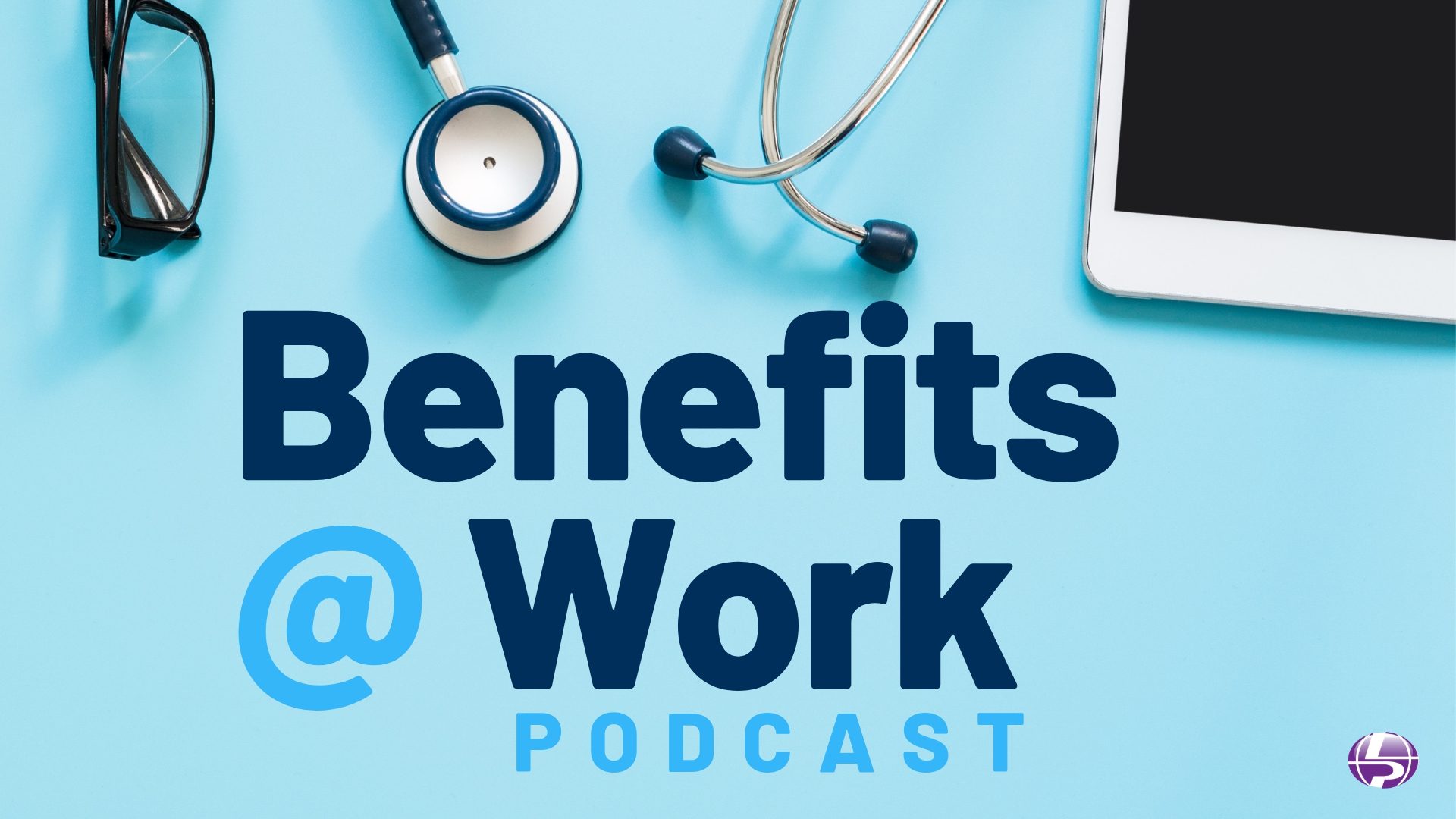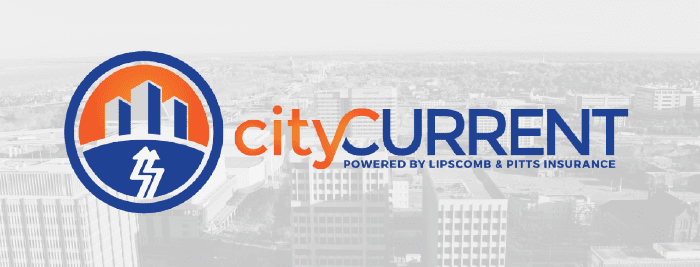
EPISODE SUMMARY
About 115 Americans die each day from overdosing on drugs called opioids. The number of drug overdose deaths decreased by 4% from 2017 to 2018, but the number of drug overdose deaths was still four times higher in 2018 than in 1999.1 Nearly 70% of the 67,367 deaths in 2018 involved an opioid. Locally on May 11, Shelby county health department reported a spike in drug overdose activity across the county during a 32-day period. Within 30 days (from April 7 to May 7) there were 391 total suspected overdoses reported, 58 of those being fatal. SCHD says that’s the highest count since data collection began in Jan. 2019. Within 14 days (from April 23 to May 7) there were 209 suspected overdoses reported with 35 of those being fatal. Within 7 days (from April 30 to May 7) there were 131 suspected overdoses reported with 20 reports being fatal. Within 24 hours (on May 5) there were 20 overdoses reported and four of those reports ended in death.
EPISODE NOTES
What is an opioid?
An opioid is a type of drug found in prescription pain medicine. It is also found in “street drugs” such as heroin. Prescription opioids can help with pain when used under a doctor’s order. They may be addictive and cause side effects and even death when used incorrectly. prescription opioids include: Hydrocodone (Vicodin®), Oxycodone (OxyContin®), Oxymorphone (Opana®), Codeine, Morphine, Methadone, Fentanyl
How is treatment provided?
Treatment is typically provided on an outpatient basis. In some cases, it is also provided at a residential program. Both programs often use medications to help get patients off opioids.
Talk with your doctor or other health care professional about the options. Check with your insurance provider for what they cover, as costs can vary.
How can I get someone to seek help?
When a person with an opioid use disorder is ready to get help, they need help right away. But they also need to want to participate. This can be hard for friends and family members if the person does not want help. If you have questions, you should talk with your doctor or health care provider. What you tell your doctor is private and should not be shared without your permission.
How successful is treatment?
Some patients will need to repeat treatment before beating addiction. Their surroundings, including family or friends, can play an important role.
Research has also shown that patients with depression and those who use other substances such as alcohol are more likely to struggle with substance use disorders. Treatment for both mental health and substance use disorders should be completed together for treatment to work.
What Increases My Risk of Overdose from This Medication?
Overdose risk increases when your opioid medication is combined with: Alcohol, Benzodiazepines (also known as “benzos,” including diazepam and alprazolam). Other sedatives, Other opioids (prescription or illicit, including heroin)
It is very dangerous to combine opioids with other drugs, especially those that cause drowsiness. Risk of opioid overdose and death increases at higher dosages, and when taken for longer periods of time or more often than prescribed.
Talk to your doctor about any other medications you are using. Work out a plan to call your doctor if you continue to experience pain. Also ask about the serious side effects. Talk to your doctor about any other medications you are using. Work out a plan to call your doctor if you continue to experience pain. Also ask about the serious side effects (like excessive sleepiness or craving more of the medication) so you and your family know when to call a doctor or go to the hospital.
What are the warning signs of opioid abuse?
Someone struggling with an opioid use disorder may not show signs right away. Over time, there may be some signs they need help.
Changes in sleep habits, weight loss, flu-like symptoms and decreased libido may be physical signs they are struggling. Changes in the way they act — such as cutting off relationships with family or friends, spending too much money, stealing, changes in exercise habits or not bathing — may also be signs.


